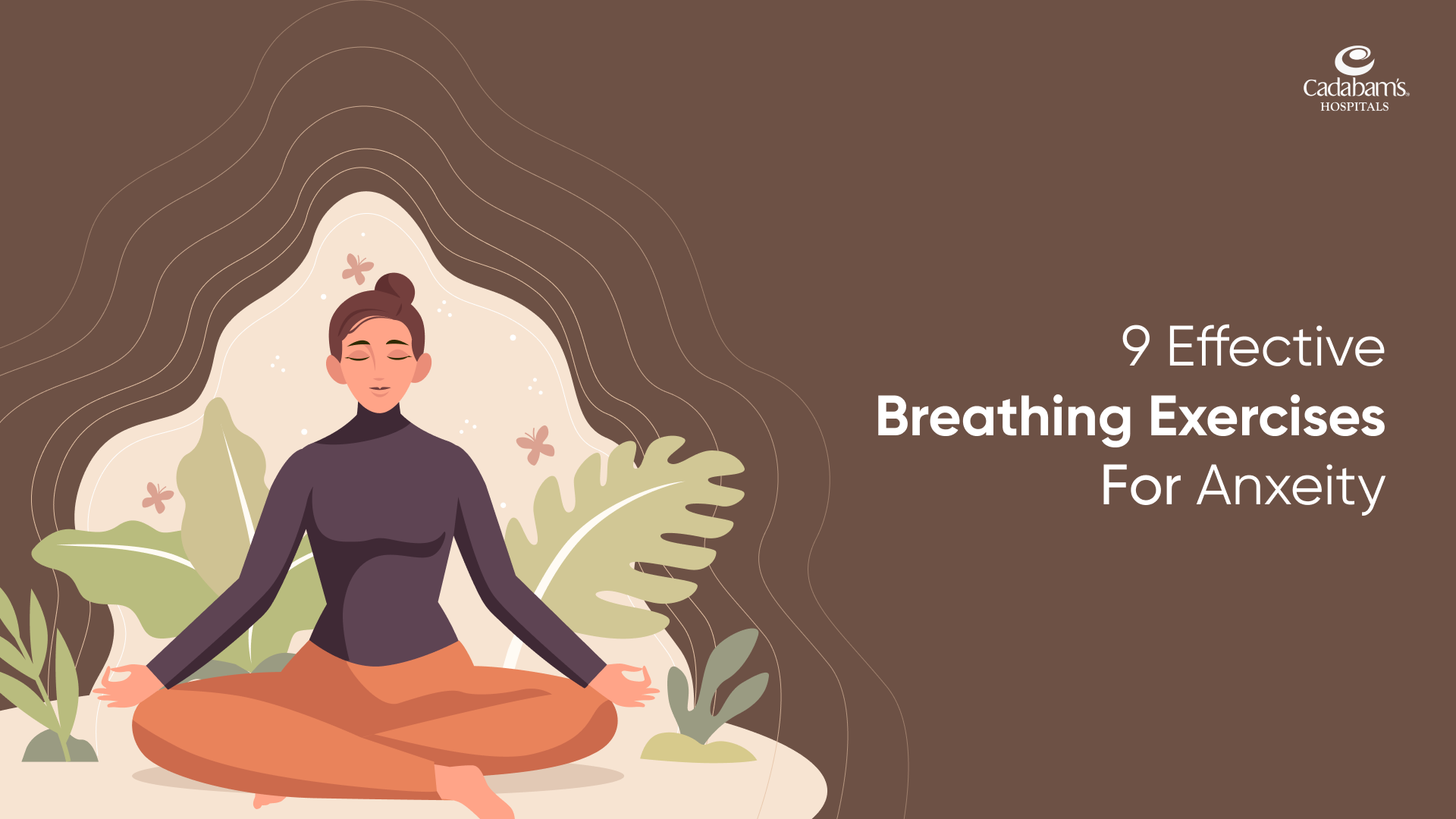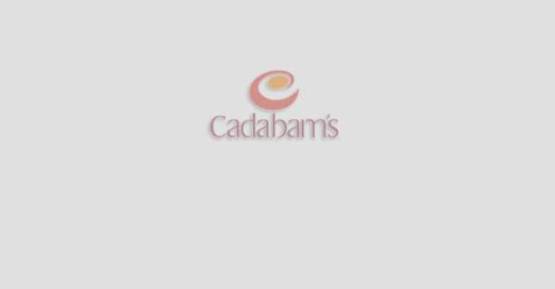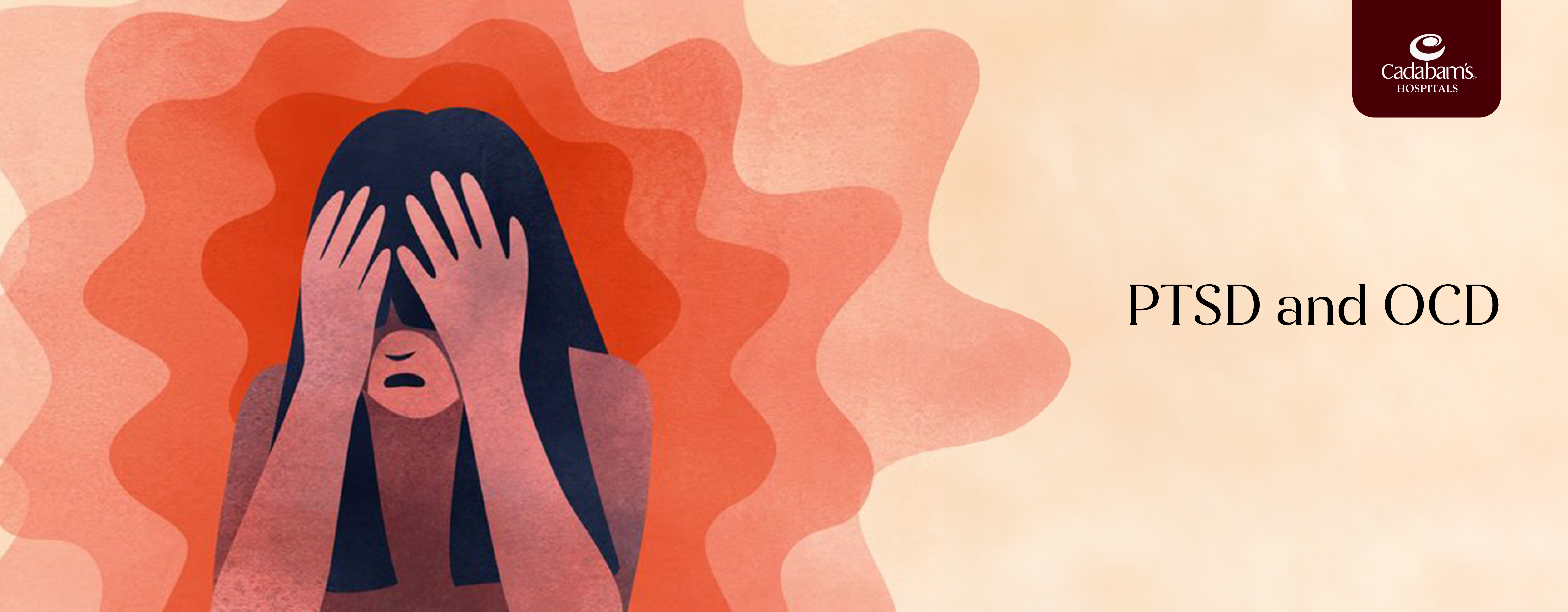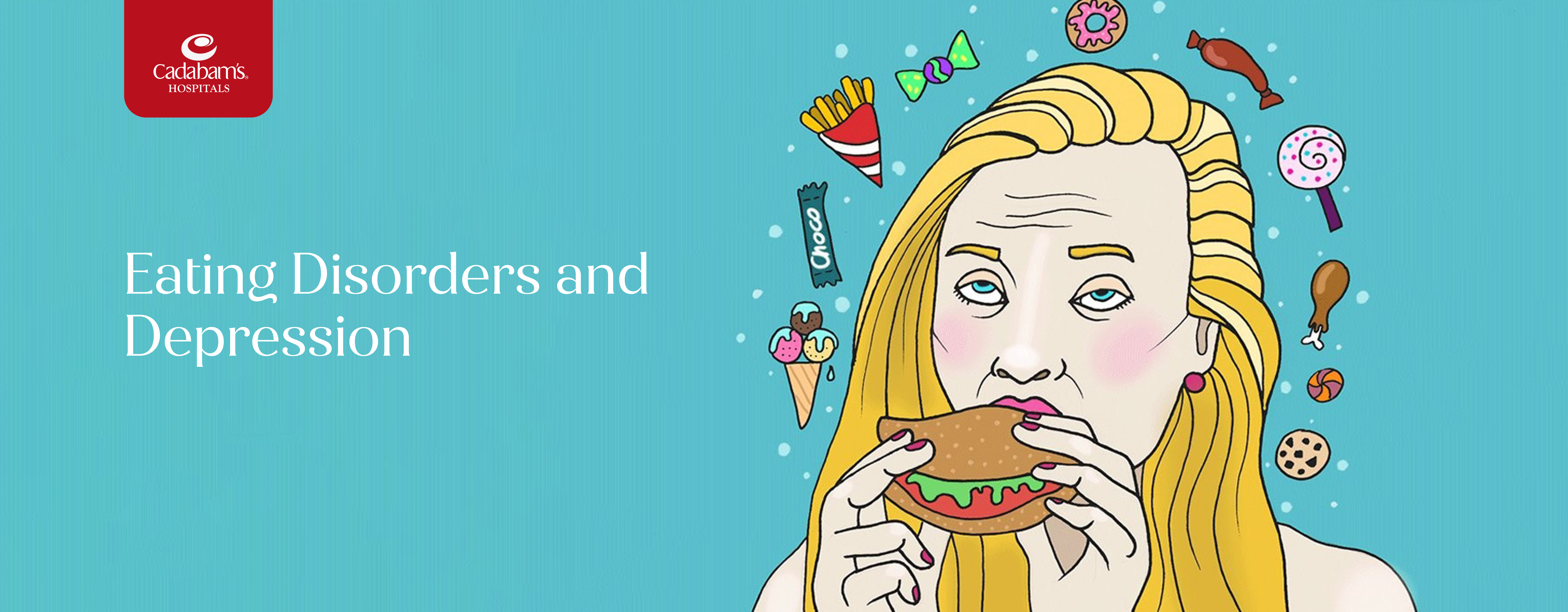Table of Content
Whenever you see someone panicking, we often find ourselves asking them to breathe slower. It has been understood that having control over our breathing definitely helps with our state of mind. Let’s look at how we can further use this technique to our advantage.
Introduction
Anxiety serves as a built-in alarm system, designed to keep us alert and vigilant in times of danger. Yet, for some, it morphs into a relentless disruptor of daily life, bringing forth feelings of unease, distress, and apprehension.
When anxiety becomes overwhelming, healthcare professionals often advocate the practice of breathing exercises as a potent antidote. Breathing exercises are renowned among experts as a tool to navigate the tumultuous waters of anxiety.
These exercises empower individuals to regain control over their racing hearts and agitated minds, inducing a profound sense of calm. In this article, we will delve into the intricacies of five such breathing exercises, providing step-by-step guidance.
Additionally, we will explore alternative methods for managing anxious emotions and discuss when it might be prudent to seek the counsel of a healthcare professional.
1. Diaphragmatic Breathing
- As per The American Institute of Stress, dedicating 20 to 30 minutes daily to diaphragmatic or abdominal breathing, can be a potent stress and anxiety management technique.
- Begin by finding a serene and comfortable place to sit or lie down, whether in a chair, cross-legged on the floor, or lying on your back with supportive pillows. Position one hand on your upper chest and the other on your abdomen, just below the ribcage.
- Allow your abdominal muscles to naturally relax without any undue tension. Inhale gently through your nostrils, directing the air downward, causing your stomach to rise and your hand to move along with it. Exhale slowly through slightly pursed lips, while keeping an eye on the hand resting on your chest, which should remain relatively motionless.
- This diaphragmatic breathing exercise offers a simple yet effective way to cultivate calm and reduce stress in your daily life.
2. Box Breathing Technique
Box breathing, also recognized as four-square breathing, offers an uncomplicated method to promote relaxation. You may have unknowingly practiced it while syncing your breath with a song's rhythm. Here's how it works:
- Exhale steadily, counting to four.
- Maintain an empty lung for a four-count.
- Inhale smoothly, also to a count of four.
- Hold the air within your lungs for another count of four.
Repeat this pattern to immerse yourself in the soothing rhythm of box breathing. This technique is a valuable tool for reducing stress and enhancing mental clarity, making it an excellent addition to your relaxation practices.
3. 4-7-8 Breathing
The 4-7-8 breathing exercise, often referred to as the "relaxing breath," offers a natural remedy for soothing the nervous system. Initially, it's best to practice this technique while seated with an upright posture. However, as you become more proficient, you can also use it while lying in bed.
Here's how to perform it:
- Start by placing the tip of your tongue against the ridge of tissue behind your upper front teeth and maintain this position throughout the exercise.
- Completely exhale through your mouth, producing a "whoosh" sound.
- Seal your lips and inhale silently through your nose, mentally counting to four.
- Hold your breath for a count of seven.
- Exhale entirely through your mouth, again creating a "whoosh" sound, this time to a count of eight.
This simple yet potent practice can effectively calm your nervous system and promote relaxation, making it a valuable addition to your stress-reduction toolkit.
4. Alternate Nostril Breathing
Alternate nostril breathing, a centuries-old yogic technique, offers a method to find inner equilibrium. To embark on this practice, find a comfortable seated position, elongating your spine and expanding your chest.
- Rest your left hand in your lap and elevate your right hand. Place the pointer and middle fingers of your right hand between your eyebrows, resting them on your forehead. Close your eyes, maintaining nasal breathing.
- Use your right thumb to seal the right nostril, inhaling slowly through the left.
- Pinch your nose closed with your right thumb and ring finger, briefly holding the breath.
- Now, employ your right ring finger to obstruct the left nostril while exhaling through the right, pausing before the next inhalation.
- Inhale gently through the right nostril.
- Once more, seal your nose, briefly suspending the breath.
- Uncover the left nostril and exhale, allowing a moment before the next inhalation.
Repeat this rhythmic sequence of inhaling and exhaling through alternate nostrils up to 10 times. Each complete cycle should take approximately 40 seconds. This practice fosters mental clarity, balance, and relaxation, making it a valuable addition to your daily routine.
5. Belly Breathing
6. Breath Counting Exercise
7. Resonance Breathing
Resonance breathing, also known as coherent breathing, serves as a powerful tool for inducing relaxation and diminishing anxiety.
To perform it:
- Find a comfortable position, lie down, and gently close your eyes.
- Inhale softly through your nose for a slow count of six seconds, ensuring not to overfill your lungs with air.
- Exhale for an equally leisurely count of six seconds, allowing your breath to exit your body gradually, devoid of any force.
- Maintain this rhythmic breathing pattern for up to 10 minutes.
Following your session, take a few extra minutes to remain still and turn your focus inward, tuning in to the sensations within your body. This practice offers a pathway to tranquility and is a valuable addition to your relaxation repertoire.
8. Progressive Muscle Relaxation with Breath
- Progressive Muscle Relaxation (PMR) combined with deep breathing is an effective technique for reducing stress and anxiety. PMR involves tensing and then relaxing different muscle groups, promoting physical relaxation. Deep breathing complements this by slowing the heart rate and calming the mind.
- Research indicates that PMR can lower cortisol levels (a stress hormone), reduce muscle tension, and alleviate anxiety symptoms. When combined with deep breathing, it enhances its effectiveness by further reducing physiological arousal.
- Regular practice of PMR with deep breathing can improve overall well-being, promote better sleep, and provide a valuable tool for managing stress and anxiety, making it a highly effective relaxation technique.
9. Incorporating Breathing Exercises into Your Routine
- Incorporating breathing exercises into your routine is a seamless process that can yield substantial benefits. Start by exploring various breathing techniques that resonate with you, and don't hesitate to experiment.
- Allocate dedicated time, at least a few times each week, to engage in these exercises. The beauty of breathing practices is their adaptability; you can seamlessly integrate them into different parts of your day.
- However, if you have any medical concerns or are taking medications, it's prudent to consult your doctor before commencing a new practice. For a deeper understanding and personalized guidance, consider seeking advice from a respiratory therapist or a yoga instructor specialized in breathing techniques.
- Lastly, always prioritize your comfort and well-being. If you encounter any discomfort or agitation during a particular practice, it's advisable to discontinue and explore alternatives.
Frequently Asked Questions
How do breathing exercises help with anxiety, and what is the science behind their effectiveness?
Breathing exercises calm the nervous system, reducing anxiety. Deep, slow breaths activate the vagus nerve, triggering relaxation responses.
Can anyone practice these breathing exercises, or are there certain medical conditions that may limit their use?
Most people can practice breathing exercises, but those with respiratory conditions or specific medical concerns should consult a healthcare provider.
How often and for how long should I practice these breathing exercises to experience their full benefits?
Practicing daily for about 5-10 minutes can yield benefits, but consult a healthcare provider for personalized recommendations and longer-term plans.
Are there specific breathing exercises that work better for certain types of anxiety or specific symptoms?
Yes, certain exercises like diaphragmatic breathing can help with general anxiety, while mindfulness-based techniques may target specific symptoms like racing thoughts.
Can breathing exercises be used as a standalone technique or are they more effective when combined with other anxiety management strategies?
Breathing exercises can be used alone but are often more effective when part of a comprehensive anxiety management plan including therapy and lifestyle changes.
What is the best breathing exercise for anxiety?
The best breathing exercise for anxiety varies among individuals, but diaphragmatic breathing and the 4-7-8 technique are commonly recommended.
How Cadabam's Help you for Addiction?
- 410+ Professional Consultants
- 1,00,00+ Happy Faces
- 120+ Currently Seeking Treatments











